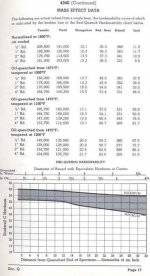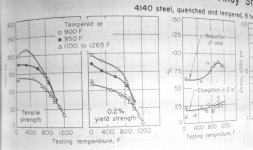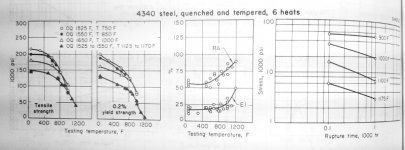I build structural beams that support ladles of steel that weigh 200k-1000k pounds. Because of their proximity to the hot ladles, the beams live in an environment that can be as low as -10ºF during mill shut-downs in the winter; and as high as 600-700ºF while up and running in the summer.
Of course, the material is never subjected to rapid temperature changes.
The beams themselves are generally between 30 and 50" long, and are usually about 12"x12" square in cross section. I machine pockets and a few other features into the beams to house other peripherals, but I don't remove massive amounts of material.
Traditionally, I have chosen 4140 pre-hard for the beams and have them stress relieved after machining.
The trouble is after the beams are put into service, over the course of several years, they warp and require re-machining. They seem to remain dimensionally stable after the rework is completed.
What heat treatment options are available for me to use that will "pre-warp" the beams, so that I can "re-machine" them before ever delivering them to my customer?
Of course, the material is never subjected to rapid temperature changes.
The beams themselves are generally between 30 and 50" long, and are usually about 12"x12" square in cross section. I machine pockets and a few other features into the beams to house other peripherals, but I don't remove massive amounts of material.
Traditionally, I have chosen 4140 pre-hard for the beams and have them stress relieved after machining.
The trouble is after the beams are put into service, over the course of several years, they warp and require re-machining. They seem to remain dimensionally stable after the rework is completed.
What heat treatment options are available for me to use that will "pre-warp" the beams, so that I can "re-machine" them before ever delivering them to my customer?







